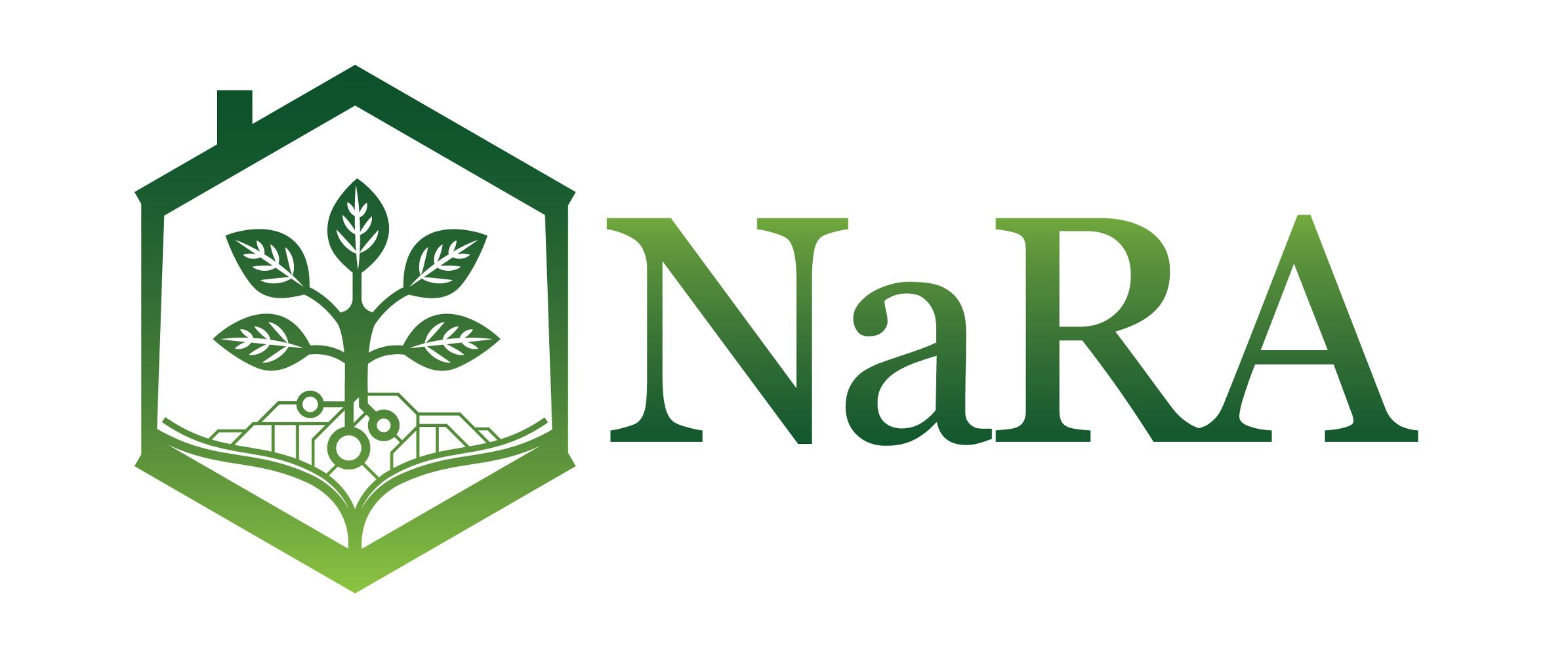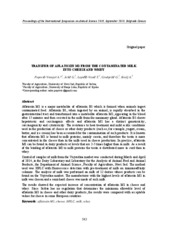| dc.description.abstract | Aflatoxin M1 is a major metabolite of aflatoxin B1 which is formed when animals ingest contaminated feed. Aflatoxin B1, when ingested by an animal, is rapidly absorbed in the gastrointestinal tract and transformed into a metabolite aflatoxin M1, appearing in the blood after 15 minutes and then secreted in the milk from the mammary gland. Aflatoxin B1 shows hepatotoxic and carcinogenic effects and aflatoxin M1 has a distinct genotoxicity, carcinogenicity and cytotoxicity. The resistance to heat treatment and mild acidic conditions used in the production of cheese or other dairy products (such as, for example, yogurt, cream, butter, and ice cream) has been accounted for the contamination of such products. It is known that aflatoxin M1 is bound to milk proteins, mainly casein, and therefore the toxin is more concentrated in the cheese than in the milk used in cheese production. In practice, aflatoxin M1 can be found in dairy products at levels that are 2-5 times higher than in milk. As a result of the binding of aflatoxin M1 to milk proteins the toxin is distributed more in curd than in whey.
Control of samples of milk from the Vojvodina market was conducted during March and April of 2014, in the Dairy Laboratory and Laboratory for the Analysis of Animal Feed and Animal Products, the Department of Animal Science, Faculty of Agriculture, Novi Sad. The method used was HPLC with fluorescence detection with pre-treatment of milk on immunoaffinity columns. The analysis of milk was performed on milk of 12 dairies whose products can be found on the Vojvodina market. The manufacturer with the highest levels of aflatoxin M1 in milk was chosen and a semi-hard cheese was made of such milk.
The results showed the expected increase of concentration of aflatoxin M1 in cheese and whey. Since Serbia has no regulation that determines the minimum allowable level of aflatoxin M1 in cheese and other dairy products, the results were compared with acceptable values for cheese in some European countries. | en |



